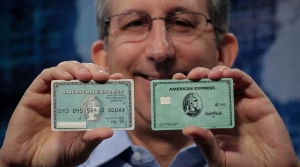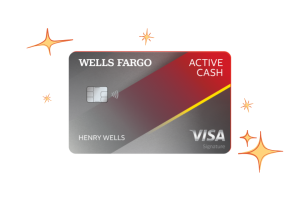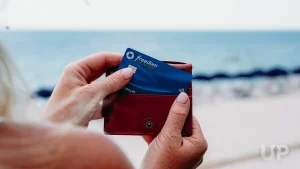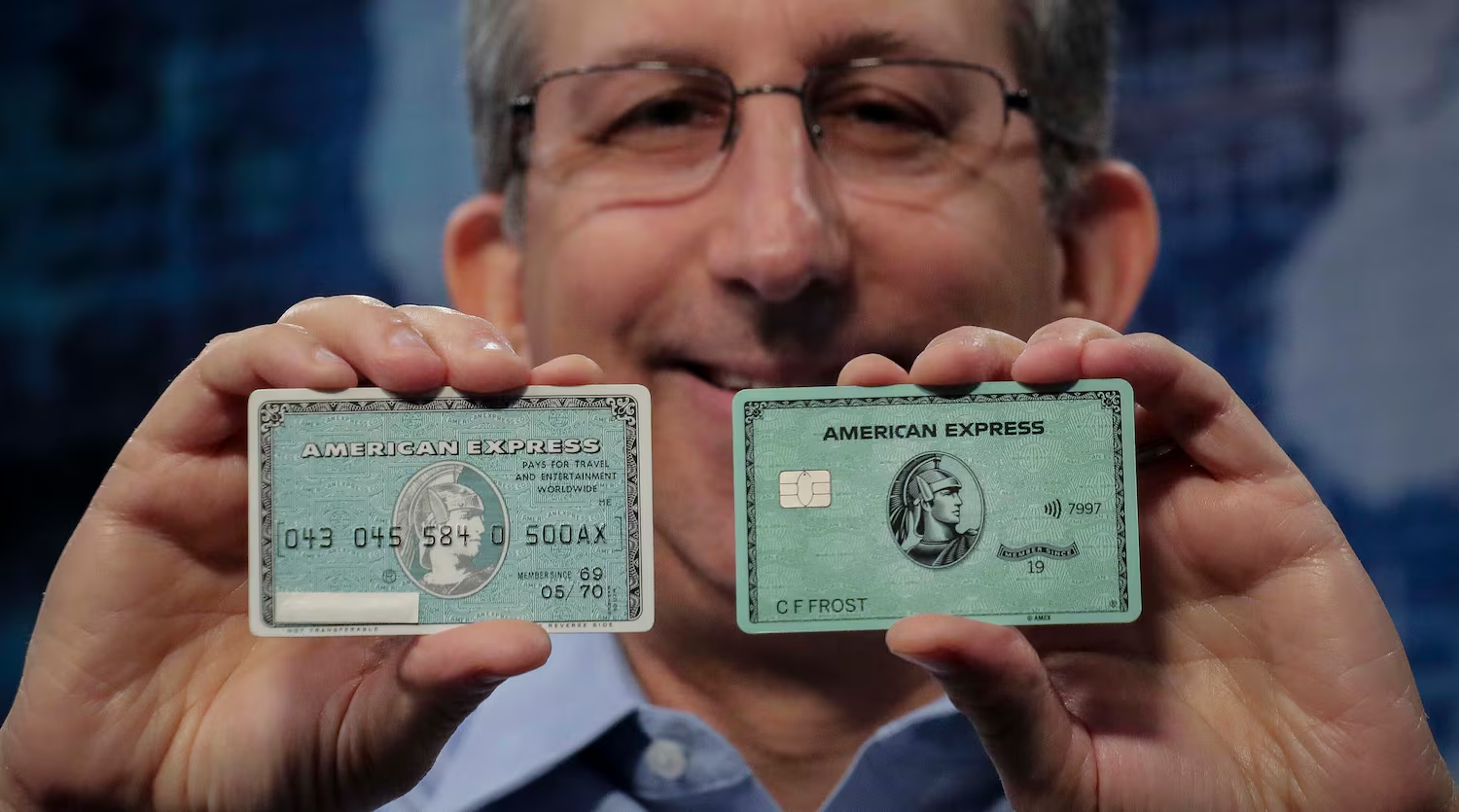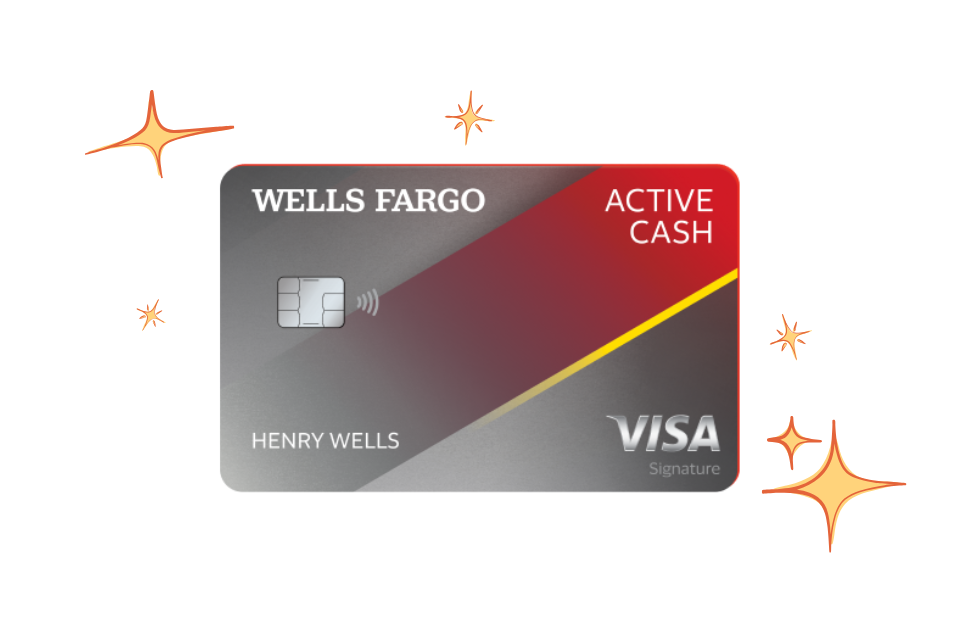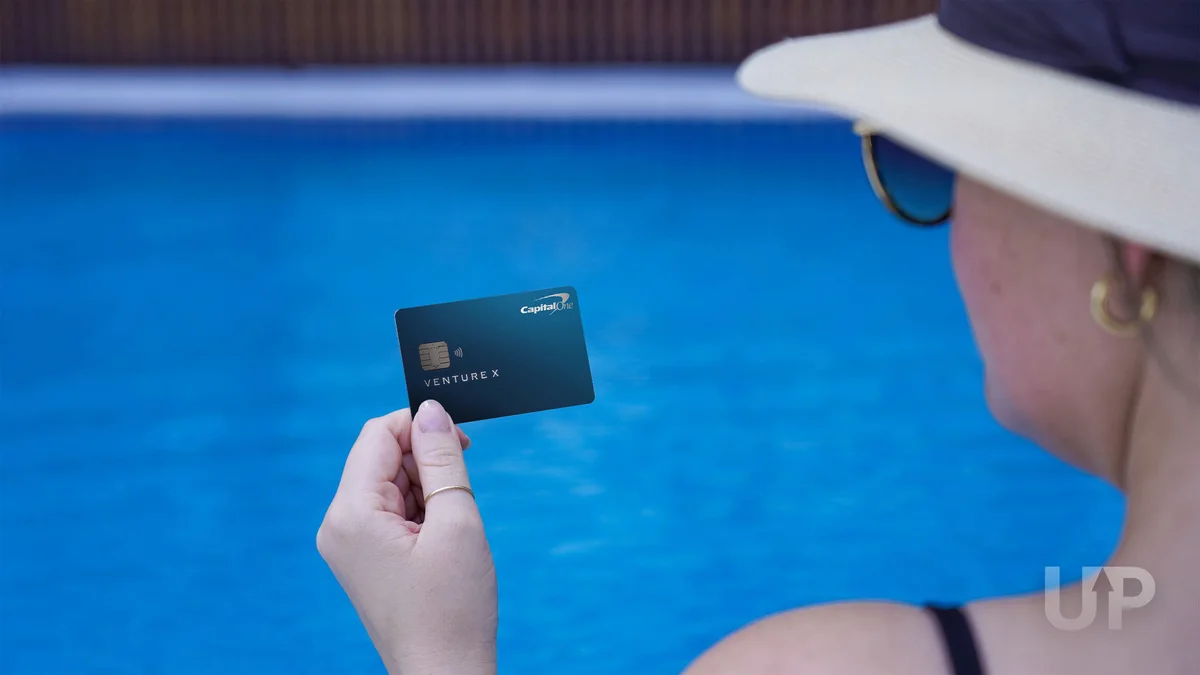Okay, so you’re in the US, maybe you’re new to the country, or perhaps you’ve had a few financial stumbles in the past. Whatever the reason, you know you need to build or rebuild your credit history. You’ve probably applied for a regular credit card, often called an “unsecured” card, and… crickets. Or worse, a polite “no.” It’s a classic Catch-22: you need credit history to get a credit card, but you need a credit card to build credit history! Frustrating, right?
Well, don’t despair. There’s a widely used and highly effective tool in the U.S. for exactly this situation: the secured credit card. Think of it not just as another piece of plastic, but as a strategic stepping stone, a smart way to prove you can handle credit responsibly and build that all-important credit score.
What Exactly IS a Secured Credit Card?
Alright, let’s break it down. A secured credit card works a bit differently from the standard cards you see everywhere. The main difference is the “security deposit.” When you open a secured card account, you’re required to put down a cash deposit with the bank or credit union issuing the card. This deposit usually ranges from a couple of hundred dollars to a few thousand.
Here’s the key part: your credit limit is typically equal to the amount of your security deposit. Put down $500? Your credit limit is usually $500. This deposit acts as security for the issuer. If you fail to pay your bill, the bank can use your deposit to cover the debt. This significantly reduces the risk for the bank, which is why they’re willing to issue these cards to people with little to no credit history or a poor one.
Now, while your money is held as a deposit, it usually sits in a segregated account and isn’t directly used for your purchases. You use the card just like any other credit card – swipe it, chip it, tap it. You receive a monthly statement, and you must make payments on time, just like with any other credit card. Your responsible use (or lack thereof) is reported to the major U.S. credit bureaus (Equifax, Experian, and TransUnion), which is precisely how you start building that credit history.
Why a Secured Card is Your Best Friend for Building Credit
So, why go this route instead of, say, just using a debit card or trying to get a store card? Several key reasons:
- They Are Designed for Credit Building: This is their primary purpose. Issuers report your payment activity to the credit bureaus. This is the fundamental mechanism for establishing a credit file and generating a credit score. Debit cards, for example, don’t do this.
- Higher Approval Odds: Because the bank’s risk is minimized by your deposit, approval requirements for secured cards are much less strict than for unsecured cards. If you have income and a valid Social Security Number (or sometimes an ITIN), your chances are significantly higher, even with no credit history or past issues.
- They Look Like Regular Credit Cards: When you use it, it functions like any other Visa, Mastercard, American Express, or Discover card. No one knows it’s “secured” just by looking at it or using it. This offers convenience for online shopping, rentals, and other situations where a debit card might not be accepted or preferred.
- Responsible Use Directly Translates to a Better Score: Every on-time payment, every month you keep your credit utilization low (remember that under 30% rule!), directly helps build a positive payment history and improves your utilization ratio – the two biggest factors in your credit score.
- Potential to Graduate to an Unsecured Card: Many secured cards are designed as stepping stones. After a period of responsible use (often 6 to 12 months), the issuer may review your account. If you’ve managed it well, they might “graduate” you to an unsecured version of the card, refunding your security deposit and giving you a higher credit limit. This is the ultimate goal!
Making Your Secured Card Work Hard for You
Getting the card is just the first step. To really make it your “smart springboard,” you need to use it wisely. Here’s how:
- Use it Regularly, But Lightly: Don’t just let it sit in your wallet. Use it for a few small, predictable expenses each month – like your streaming service subscription, your gas fill-up, or a few groceries. Using it shows activity.
- Keep Utilization Very Low: Aim to keep your balance well below 30% of your limit. On a $500 limit, this means keeping your balance below $150. Even better, try to keep it under 10% ($50 on a $500 limit). You can achieve this by making multiple small payments throughout the month as you use the card, rather than waiting for the statement.
- PAY IN FULL, ALWAYS: This is non-negotiable. Pay your statement balance in full every single month by the due date. This avoids interest charges AND builds that crucial positive payment history. Don’t just pay the minimum!
- Set Up Auto-Pay: Seriously, do it. Life happens. Setting up automatic payments from your bank account ensures you never miss a due date, protecting your payment history.
- Be Patient: Building credit takes time. It’s a marathon, not a sprint. Consistent responsible use over several months (6-12 is a good benchmark) is what really moves the needle on your credit score.
Things to Watch Out For
While secured cards are great tools, they aren’t without potential downsides:
- Annual Fees: Some secured cards charge an annual fee, which eats into the value of having the card. Look for cards with no annual fee if possible.
- Interest Rates: APRs on secured cards can be high, just like unsecured cards. This is another reason why paying in full is so important – you want to avoid paying interest entirely.
- No Rewards (Usually): Most basic secured cards don’t offer rewards like cashback or miles. Their value is in credit building, not earning rewards. (Some newer secured cards are starting to offer basic rewards, but it’s less common).
- The Security Deposit is Tied Up: Your money is held by the bank and you can’t easily access it while the account is open. Make sure you are comfortable tying up that amount for several months.
Your Path Forward
If you’re struggling to get an unsecured credit card in the US, a secured credit card is likely your most effective starting point. Research options from major banks and credit unions. Look for cards specifically designed to graduate to unsecured versions, ideally with no annual fee.
Use the card diligently and responsibly. Treat that security deposit as an investment in your financial future. By consistently using your secured card wisely, you’ll build a solid payment history and utilization ratio, paving the way to qualify for better unsecured cards, loans, and generally smoother financial sailing here in the United States. It’s not just a card; it’s your ticket to establishing creditworthiness.

